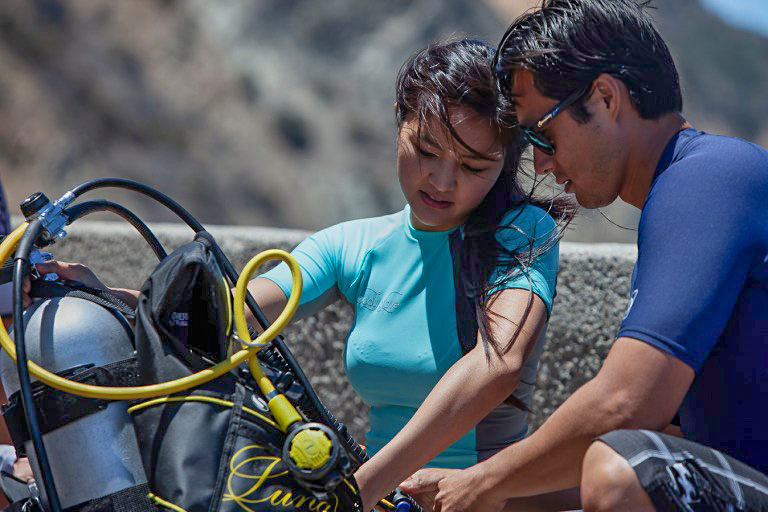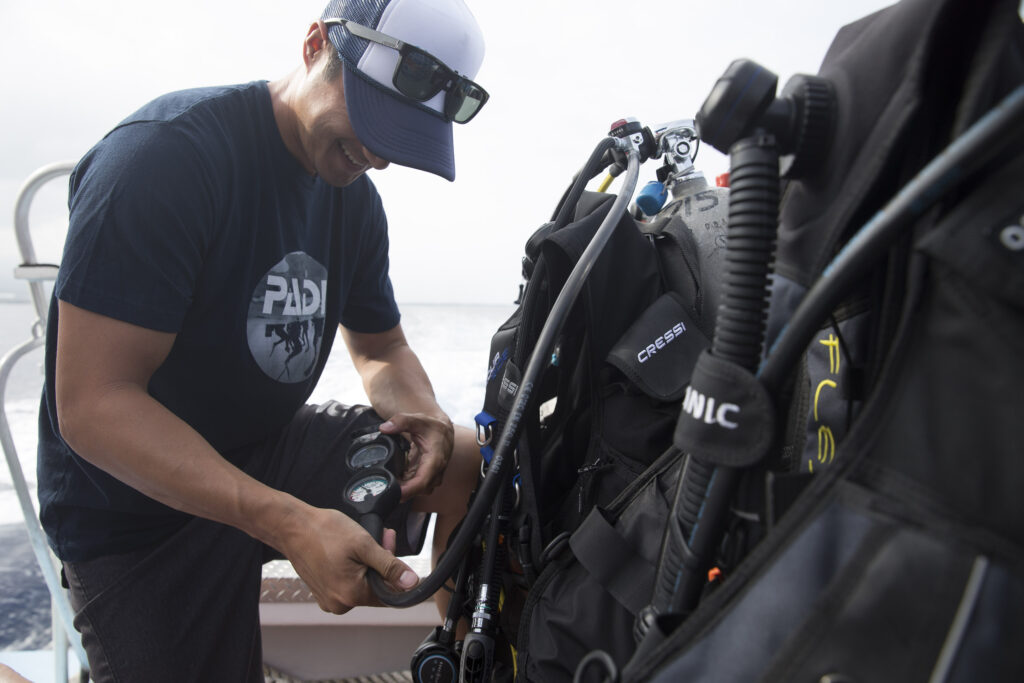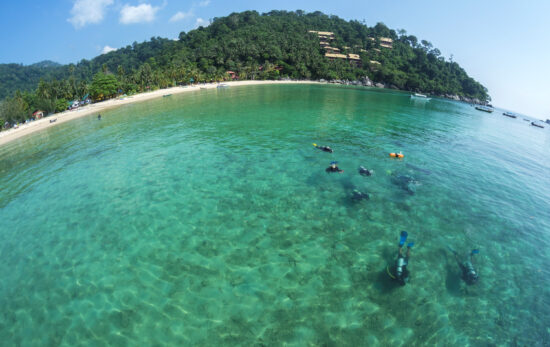While diving some time ago, I overheard a nearby team going through the BWRAF (BCD-Weights-Releases-Air-Final check) predive safety check. At “A” — Air — they checked valves open, test breathed, AAS location, etc. and: “I’ve got 2900.” “Okay. I’ve got . . . WHAT? 300?” After double checking the cylinder valve, the team determined they’d confused an empty with a full, swapped, rechecked and had a great dive.

The point is that thanks to using BWRAF – a checklist – a minor annoyance stayed a minor annoyance. If the team had gone in with only 300 psi, hopefully they’d have managed, but it would have been a bigger problem that didn’t have to happen – potentially a significant incident. Unfortunately each year, dive incident reports include recreational diving incidents that likely would not have happened if the divers involved had simply conducted a predive check and used a checklist. This is worth remembering as many of us return to diving following a long break.
It’s not just diving, of course. Astronauts, pilots, surgeons, special forces, nuclear engineers and the-list-goes-on use checklists. But, if we’re self-honest, we don’t really need these examples, nor any of the many formal studies that show checklists work to know we divers should use them, too. We’re human, so screwing up isn’t likely – it is certain. We will forget, overlook, omit and fail-to-say – lists help remind us to remember, observe, include and communicate. As surgeon Atul Gawande – author of The Checklist Manifesto: How to Get Things Right and possibly the world’s leading expert on surgical checklists – puts it, “Checklists seem lowly and simplistic, but they help us fill in for the gaps in our brains and between our brains.”

Keep in mind that as an activity becomes more complex so does the error potential, which is why while BWRAF is suited for mainstream recreational diving, it’s not necessarily what you use in tec diving – CCR (Closed Circuit Rebreather) diving in particular. In fact, following a two-hour discussion among diving’s top experts at Rebreather Forum 3 in 2012, the first two consensus points to enhance CCR diving safety were using checklists. There are many more ways for us to screw up, which is why checklists for these types of endeavours are more extensive and written.
Another anecdote: As splash time neared on a moderately full dive boat, divers hurriedly geared and lined up, waiting for the divemaster to clear everyone to giant stride in. Amid the clamor, an almost timid woman’s voice – just loud enough to be heard – floated over addressing her buddy, “Wait. What about our [safety] checks?” The entire boat went quiet. Then, almost embarrassingly, every buddy team – seasoned instructors to freshly-certified novices – commenced neglected checks.
So, if it ever feels like there’s social pressure to skip checklists and predive checks, speak up. Likely, lots of people around you will be relieved by the reminder that divers are not too cool to do checks and use checklists.
Seek adventure. Save the ocean.
Drew Richardson
PADI President & CEO PADI Worldwide


